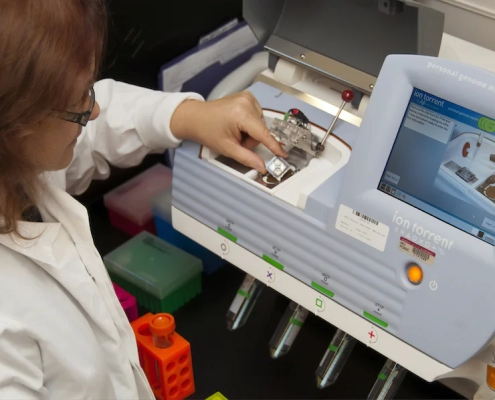Objectives for Successful Testing
Testing your project’s products is a critical step in delivering successful projects – testing is one way to confirm that your project accomplishes what it’s supposed to. An effective testing scheme must meet the following objectives.
- Validate that requirements are satisfied. There should be a specific test for every requirement to confirm that it has been satisfied. If any requirement proves difficult to verify, revisit the requirement to ensure it meets the SMART test (specific, measurable, agreed-upon, attainable, realistic, and time-constrained). It’s a good idea to use a spreadsheet or tool to track requirements, verification test details, and test status (not completed, completed with error(s), completed and closed). That way, you can ensure that all requirements have a test plan and you haven’t overlooked any tests.
- Find and repair defects. Well-structured tests find a defect, if a defect exists, and don’t find a defect if everything works as it should. To ensure your tests work this way, identify what successful test results look like and what errors might occur. That way, when a test produces an error, it should indicate the repair that’s needed. For example, a test for a sales voucher would confirm “boundary dates”. Does an expiration date of July 1st mean that the voucher can be used on July 1st, or that it should be used by June 30? Specific tests will validate that the system correctly interprets the intent for the voucher expiration.
- Build confidence in the overall solution. In the later stages of testing, schedule test sessions for stakeholders to use and become familiar with new systems and processes. This will increase stakeholder confidence — even when small defects occur in those sessions. Capturing, understanding, and promptly correcting errors can increase confidence. Work with your organizational change management team to schedule these test sessions when you believe products are nearly error-free, at a convenient time and place for your stakeholders.
- Improve the product development process. A good testing process notes trends in the types and causes of errors. Analyze the root cause of errors to decrease the number of errors in future projects. Business analysts participating in the testing process can help. As they learn the cause of errors, they can produce requirement details that avoid errors in the future. For example, they can specify that a sales voucher expiration date is the last date on which the voucher can be used. This provides clarity around whether the expiration date mentioned earlier would be June 30 or July 1st.
How do you plan and track your testing? What are the challenges and best practices you’ve found? Share with us in the comments section.
For more about testing, check out Greta Blash’s Business Analysis Foundations course.
Coming Up
Join Chris Croft and me on August 22, 2023 at 9am MT for our live broadcast “Do You Need Project Management Certifications, and If So, Which Ones?”
One of the most frequent questions Chris Croft and I get is “Do I need project management certification?” quickly followed by “Which certification or certifications should I get?” Everyone’s journey is different, just like Chris and I took very different paths. So, we’re going to explore whether project management certifications are valuable, what else you can do to make yourself stand out, and finally, which certifications to look at if you decide you need them. Bring your questions to this informative and fun session. By the way, this topic is just one that we explore in our new course, How to Launch a Career in Project Management.
_____________________________________________________
This article belongs to the Bonnie’s Project Pointers newsletter series, which has more than 43,000 subscribers. This newsletter is 100% written by a human (no aliens or AIs involved). If you like this article, you can subscribe to receive notifications when a new article posts.
Want to learn more about the topics I talk about in these newsletters? Watch my courses in the LinkedIn Learning Library and tune into my LinkedIn Office Hours live broadcasts.
_____________________________________________________

